Breadcrumb
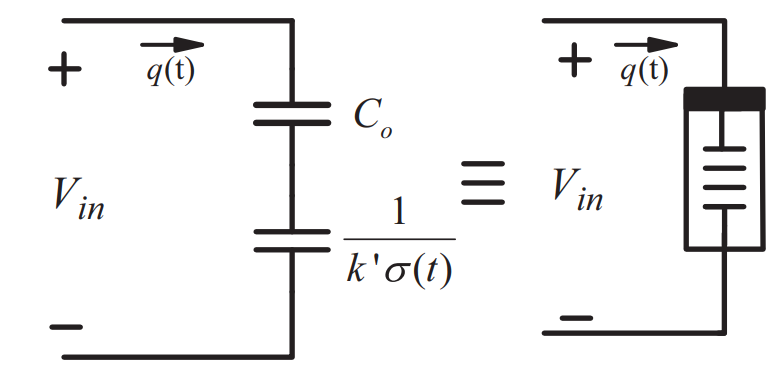
Memcapacitor response under step and sinusoidal voltage excitations
Recently, mem-elements have become fundamental in the circuit theory through promising potential applications based on the built-in memory-properties of these elements. In this paper, the mathematical analysis of the memcapacitor model is derived and the effect of different voltage excitation signals is studied for the linear dopant model. General closed form expressions and analyses are presented to describe the memcapacitor behavior under DC step and sinusoidal voltage excitations. Furthermore, the step and sinusoidal responses are used to analyze the memcapacitor response under any periodic
Synthesis of a family of differential cross-coupled oscillators and design application
A new class of differential oscillators comprising ten possible circuits is introduced in this work. Half of the members of this family are LC-based oscillators and the other half are RC-based ones. While all oscillators are second-order, a maximum of four resistors was imposed as a restriction on possible oscillators that belong to the proposed architecture. Only two of the found oscillators are canonical but all members of the this family have unique and attractive design features. Experimental results using discrete components verify the operation of selected circuits designed for short
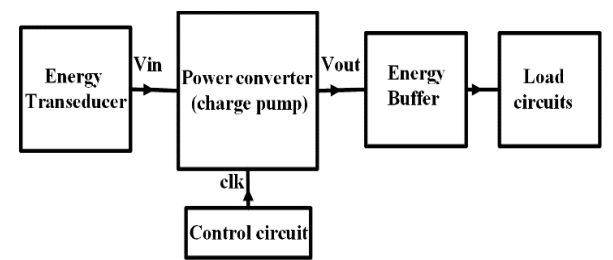
Memcapacitor based charge pump
This paper proposes a charge pump based on a charge controlled memcapacitor. The operation of the charge pump is investigated along with the mathematical analysis of the memcapacitor. Different implementations of charge pump are summarized. The proposed charge pump has the capability of driving low input voltage in range of 200mv and the capability of operating at the low frequencies which makes it suitable for biomedical applications. © 2017 IEEE.
Symmetric encryption algorithms using chaotic and non-chaotic generators: A review
This paper summarizes the symmetric image encryption results of 27 different algorithms, which include substitution-only, permutation-only or both phases. The cores of these algorithms are based on several discrete chaotic maps (Arnold's cat map and a combination of three generalized maps), one continuous chaotic system (Lorenz) and two non-chaotic generators (fractals and chess-based algorithms). Each algorithm has been analyzed by the correlation coefficients between pixels (horizontal, vertical and diagonal), differential attack measures, Mean Square Error (MSE), entropy, sensitivity
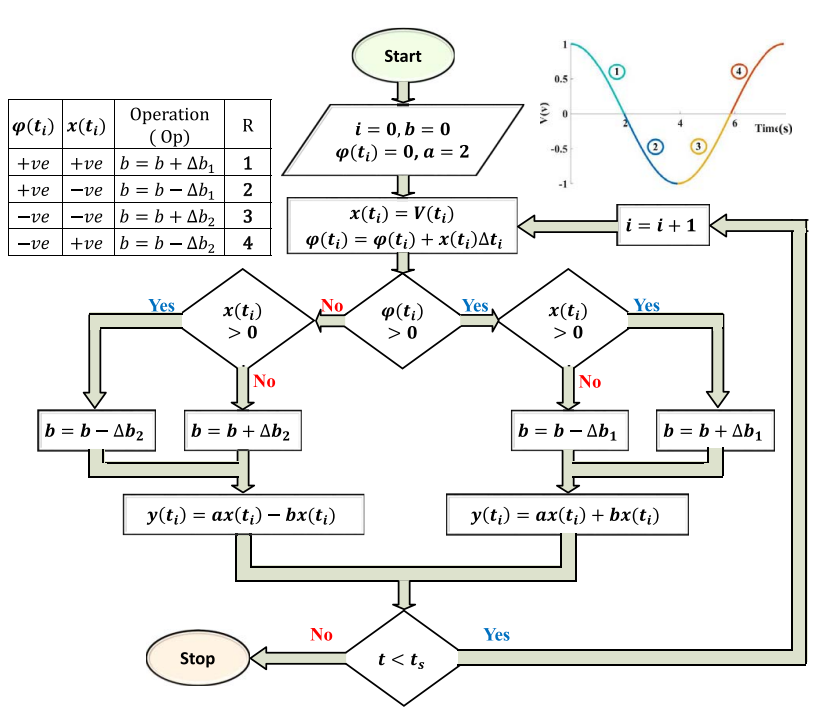
Memristor FPGA IP core implementation for analog and digital applications
Exploring the nonlinear dynamics of the memristors is essential to be adequately used in the applications. Realizing memristor on FPGAs as an intellectual property (IP) core offers a flexible platform to realize different models. In the literature, few implementations have been proposed for simple and limited memristor model. In this brief, two discrete and continuous versatile memristor models alongside their FPGA realizations are proposed. These models can generate different pinched hysteric behaviors, such as symmetric, asymmetric pinched hysteresis, and multi-state switching behavior. In
Hardware Speech Encryption Using a Chaotic Generator, Dynamic Shift and Bit Permutation
This paper proposes a speech encryption and decryption system, its hardware architecture design and FPGA implementation. The system utilizes Nosé Hoover chaotic generator and/or dynamic shift and bit permutation. The effect of different blocks in the proposed encryption scheme is studied and the security of the system is validated through perceptual and statistical tests. The complete encryption scheme is simulated using Xilinx ISE 14.5 and realized on FPGA Xilinx Kintex 7, presenting the experimental results on the oscilloscope. The efficiency is also validated through hardware resources

Memristor-based pulse width modulator circuit
This paper discusses the use of the memristor in one of the most important modulation techniques in communication field namely the pulse-width modulation. A fundamental two designs for memristor-based lead and trail PWM are discussed with mathematical analysis and PSPICE simulation results which show a great matching with the analytical formulation. Moreover, a third design which combine those two designs to generate a more accurate memristor-based center PWM is discussed with the appropriate analysis, numerical and PSPICE simulation results. The simulation results matches the theoretical
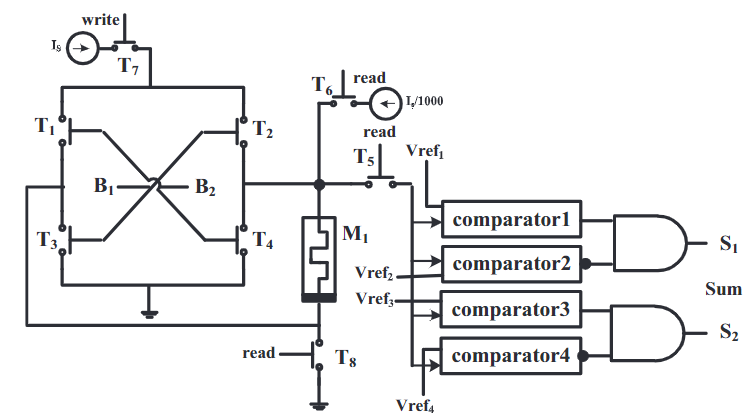
Memristor based N-bits redundant binary adder
This paper introduces a memristor based N-bits redundant binary adder architecture for canonic signed digit code CSDC as a step towards memristor based multilevel ALU. New possible solutions for multi-level logic designs can be established by utilizing the memristor dynamics as a basis in the circuit realization. The proposed memristor-based redundant binary adder circuit tries to achieve the theoretical advantages of the redundant binary system, and to eliminate the carry (borrow) propagation using signed digit representation. The advantage of carry elimination in the addition process is that
Indoor localization and movement prediction algorithms with light-fidelity
Indoor localization has recently attended an increase in interest due to the potential for a wide range of services. In this paper, indoor high-precision positioning and motion prediction algorithms are proposed by using light fidelity (LI-FI) system with angular diversity receiver (ADR). The positioning algorithm uses to estimate the location of an object in the room. Furthermore, the prediction algorithm applies to predict the motion of that object. The simulation results show that the average root mean squares error of the positioning algorithm is about 0.6 cm, and the standard deviation
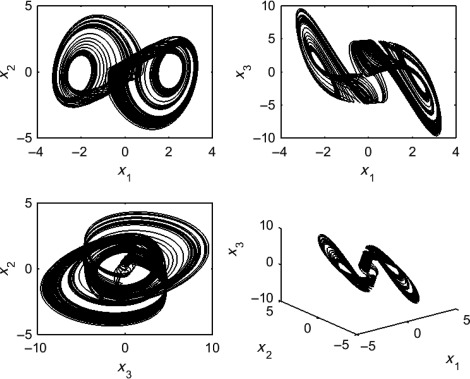
Multiswitching synchronization of commensurate fractional order hyperchaotic systems via active control
In this chapter, the multiswitching synchronization scheme has been investigated for a class of nonidentical fractional order hyperchaotic systems. The multiswitching complete synchronization scheme has been examined such that the state variables of the slave system synchronize with different state variables of the master system. For the synchronization of two nonidentical fractional order hyperchaotic systems suitable controllers have been designed using active control technique. The stability of fractional order chaotic systems has been used to stabilize the error dynamical system. Two
Pagination
- Previous page ‹‹
- Page 5
- Next page ››
